Kento Momota’s strategy of taking on a methodical approach following his return from suspension, has not only made him become a more complete player but also helped him secure the top spot.
By Bikash Mohapatra. Photos: Badmintonphoto
“I wanted to help bring joy and strength to the people of Fukushima (the site of the 2011 nuclear disaster) by competing at the Rio Olympics.
“I deeply regret betraying everyone’s support and expectations. I had a duty to lead the Japan team but I let my curiosity get the better of me.”
(transcription by Agence France Presse)
Kento Momota was speaking at a press conference aired on live television, after admitting to frequently visiting an illegal casino in Tokyo along with his friend and teammate Kenichi Tago.
This “curiosity” ensured an indelible blot in the career of Momota, which at that point had seen him lead his country to a maiden Thomas Cup title in 2014, become the first Japanese man to win a World Championship medal (a bronze in Jakarta), the first from his country to win the men’s singles discipline of a Superseries event (2015 Singapore Open), triumph at the 2015 Superseries Finals, and reaching as high as No. 2 in the world rankings.
The emotional apology notwithstanding, Momota was suspended in April 2016 and palpably expelled from the Japanese contingent for the Rio Games. The left-hander was off the circuit for 15 months from early April 2016 to July 2017 due to the suspension.
When Momota came back, it wasn’t at the highest level. Big-ticket events like the BWF World Championships in Glasgow and the 2018 All England Open were given a miss.
Instead, Momota consciously participated in the lower-rung tournaments, the ones listed among the Grand Prix and the International Challenge/Series, in a bid to get back his fitness level as also get some much needed match practice. The Japanese took it one step at a time and focused on a more methodical approach, a step-by-step progression that would enhance his overall game, as opposed to going straight back to the grind.
The first tournament he took part in after returning to the tour was the Canada Open at Calgary in July. While he finished second best to compatriot Kanta Tsuneyama in that tournament, Momota subsequently won an International Series in the U.S., International Challenges in Belgium and the Czech Republic, followed by the Dutch and Macau Opens that year as well as the Vietnam International Challenge early in 2018.
Playing in several lower-tier tournaments had not only helped the Japanese star gain valuable ranking points but also confidence to return to the top tier. His patience and perseverance slowly but surely yielded results. In hindsight, it turned out to be a brilliant strategy.
Ahead of the 2018 Badminton Asia Championships in Wuhan, China, Momota had reached peak fitness and prime form. He showed glimpses of his old self when he came back from a game down to beat All England winner Shi Yuqi of China in the second round.
In scoring back-to-back wins, all in straight games, over Taipei’s Chou Tien Chen, the legendary Malaysian Lee Chong Wei, and Rio Olympic gold medallist Chen Long, Momota announced his return to the big stage. It was an emphatic triumph, and a precursor to a golden run that saw Momota reach nine big finals, winning six.
He remained unbeaten even though China got the better of Japan in the Thomas Cup final in Bangkok. While he may have failed to get past home favourite Lee Chong Wei in the final of the Malaysia Open Super 750, Momota did triumph at the Indonesia Open Super 1000 in Jakarta, besting Denmark’s Viktor Axelsen in straight games.
So impressed was the Dane, in the aftermath of his 14-21, 9-21 annihilation, that he declared that Momota was the world’s best singles player, even though the rankings pointed towards his name.
The Dane, who is only a few months older in age but has struggled to get the better of the Japanese in their senior careers, wasn’t wrong. Axelsen’s World Championship title defense ended at the quarter-final stage in Nanjing (China) and it was the Japanese ace who succeeded him as the world champion. In doing so he became the first from his country to win the men’s singles world title.
Axelsen was accounted for again, in the semi-finals this time, as Momota became the first native to win the Japan Open Super 750. And though the following week in Changzhou he finished second best at the China Open Super 1000 to Indonesia’s Anthony Ginting – who had also bested him at the Asian Games in Jakarta – Momota had done enough to stake his came at the #1 ranking.
In late September, Momota was ranked #1 for the first time in his career, palpably the first Japanese man to achieve the feat. He had replaced Axelsen at the top.
The ascent completed a remarkable turnaround for Momota. For someone who had started the year ranked 48th in the world, it had taken him only nine months to reach the summit.
“It is a humbling experience to be ranked No.1,” Momota told the media after beating Anders Antonsen in Seoul on the day he ascended to the top spot.
“This is thanks to all the support I have received. I’m grateful to all those who have stood by me,” he added.
Momota subsequently won big-ticket events at the Denmark Open and the Fuzhou China Open, both Super 750, and reached the last four at the French Open and the Hong Kong Open. Though he didn’t drop a game en route to the final of the BWF World Tour Finals at Tianhe Gymnasium in Guangzhou, Momota was beaten in straight games by home favourite Shi Yuqi.
The defeat in the season-ending final notwithstanding, Momota had had a spectacular season. He had been the man to beat.
He featured in the finals of nine big ticket tournaments, winning six of them, and he captured the world title and usurped the top spot. No points for guessing he was nominated for Male Player of the Year.
It had been a calculated comeback, a tactical masterstroke so to speak. Momota had returned to the circuit as a more complete player, as the man to beat.
Not that the Japanese star is satisfied with his efforts. In fact he is striving for more, understandably so considering he is only 24.
“Becoming No.1 is a first step. My idols are players like Lin Dan and Lee Chong Wei, who have had long careers at the top. I too would like to remain No.1 for a prolonged period,” he was further quoted as saying to the media in Seoul.
Now the ball – er, shuttle – is in his opponents’ court.
![A tactical masterstroke…and an emphatic comeback Kento Momota’s strategy of taking on a methodical approach following his return from suspension, has not only made him become a more complete player but also helped him secure the […]](http://www.badzine.net/wp-content/uploads/ngg_featured/20181109_1842_FuzhouChinaOpen2018_BP012169_rotator.jpg)
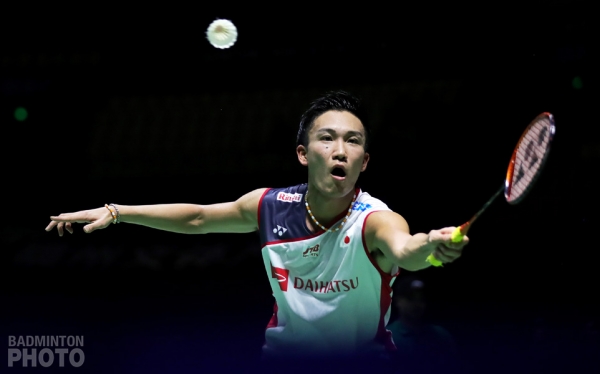
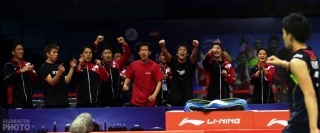
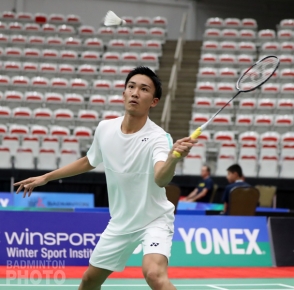
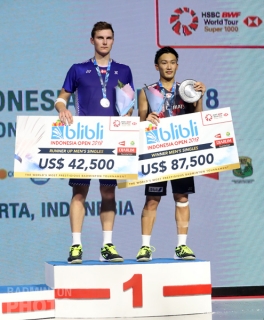
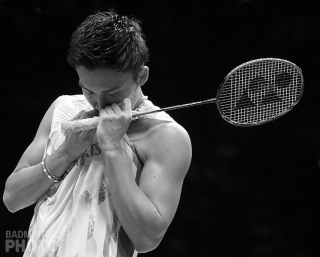
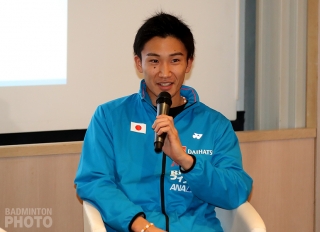
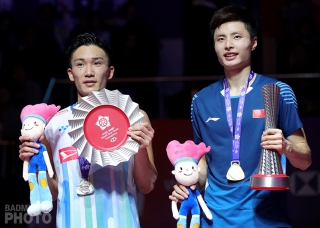
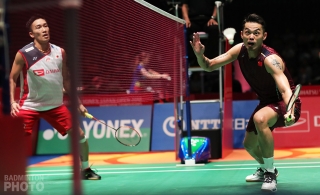
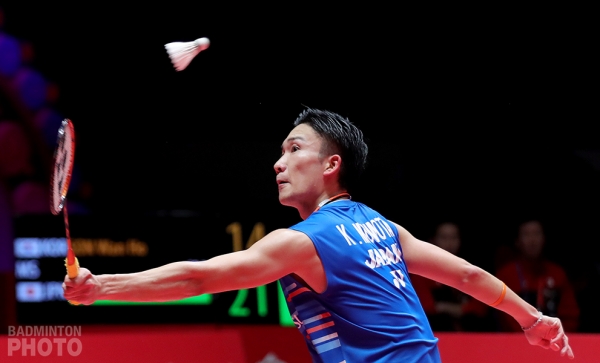

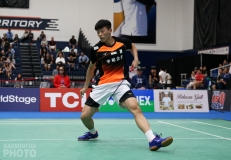
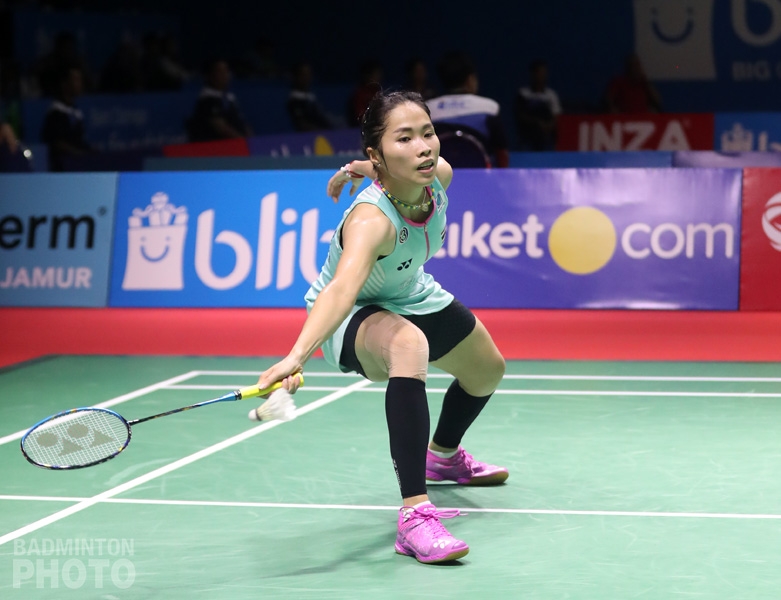
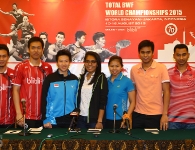
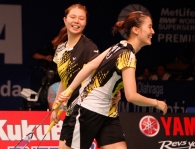

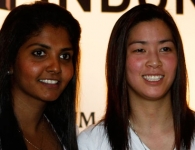
Leave a Reply